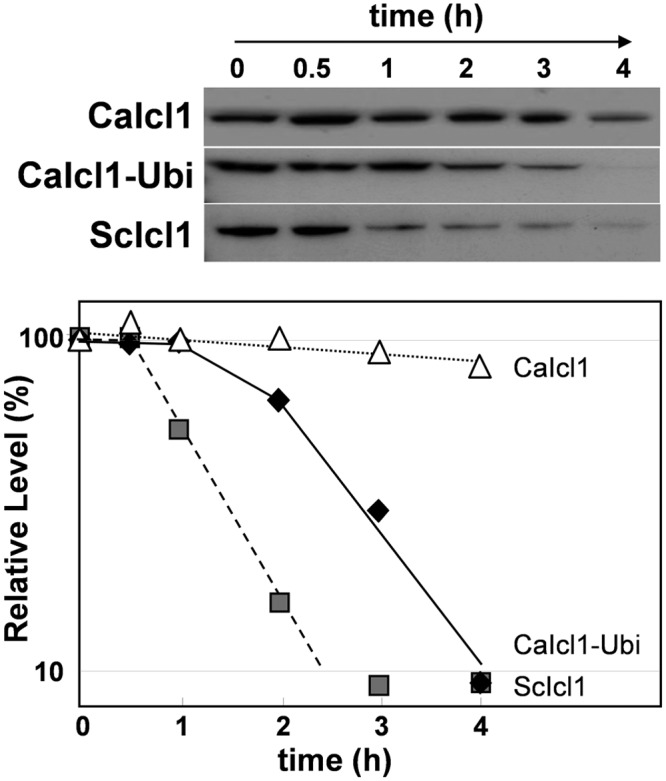Doblin Sandai
Doblin Sandai
1School of Medical Sciences, University of Aberdeen, Institute of Medical Sciences, Foresterhill, Aberdeen, United Kingdom
1,*,
Zhikang Yin
Zhikang Yin
1School of Medical Sciences, University of Aberdeen, Institute of Medical Sciences, Foresterhill, Aberdeen, United Kingdom
1,
Laura Selway
Laura Selway
1School of Medical Sciences, University of Aberdeen, Institute of Medical Sciences, Foresterhill, Aberdeen, United Kingdom
1,
David Stead
David Stead
1School of Medical Sciences, University of Aberdeen, Institute of Medical Sciences, Foresterhill, Aberdeen, United Kingdom
1,
Janet Walker
Janet Walker
1School of Medical Sciences, University of Aberdeen, Institute of Medical Sciences, Foresterhill, Aberdeen, United Kingdom
1,
Michelle D Leach
Michelle D Leach
1School of Medical Sciences, University of Aberdeen, Institute of Medical Sciences, Foresterhill, Aberdeen, United Kingdom
1,*,
Iryna Bohovych
Iryna Bohovych
1School of Medical Sciences, University of Aberdeen, Institute of Medical Sciences, Foresterhill, Aberdeen, United Kingdom
1,*,
Iuliana V Ene
Iuliana V Ene
1School of Medical Sciences, University of Aberdeen, Institute of Medical Sciences, Foresterhill, Aberdeen, United Kingdom
1,
Stavroula Kastora
Stavroula Kastora
1School of Medical Sciences, University of Aberdeen, Institute of Medical Sciences, Foresterhill, Aberdeen, United Kingdom
1,
Susan Budge
Susan Budge
1School of Medical Sciences, University of Aberdeen, Institute of Medical Sciences, Foresterhill, Aberdeen, United Kingdom
1,
Carol A Munro
Carol A Munro
1School of Medical Sciences, University of Aberdeen, Institute of Medical Sciences, Foresterhill, Aberdeen, United Kingdom
1,
Frank C Odds
Frank C Odds
1School of Medical Sciences, University of Aberdeen, Institute of Medical Sciences, Foresterhill, Aberdeen, United Kingdom
1,
Neil A R Gow
Neil A R Gow
1School of Medical Sciences, University of Aberdeen, Institute of Medical Sciences, Foresterhill, Aberdeen, United Kingdom
1,
Alistair J P Brown
Alistair J P Brown
1School of Medical Sciences, University of Aberdeen, Institute of Medical Sciences, Foresterhill, Aberdeen, United Kingdom
1,✉
1School of Medical Sciences, University of Aberdeen, Institute of Medical Sciences, Foresterhill, Aberdeen, United Kingdom
✉Address correspondence to Alistair J. P. Brown, brown@abdn.ac.uk.
*Present address: Doblin Sandai, Institut Perubatan & Pergigian Termaju, Universiti Sains Malaysia, Pulau Pinang, Malaysia; Michelle D. Leach, Department of Molecular Genetics, University of Toronto, Toronto, Canada; Iryna Bohovych, Nebraska Redox Biology Center, University of Nebraska–Lincoln, Lincoln, Nebraska, USA.
Collection date 2015 Jan-Feb.



